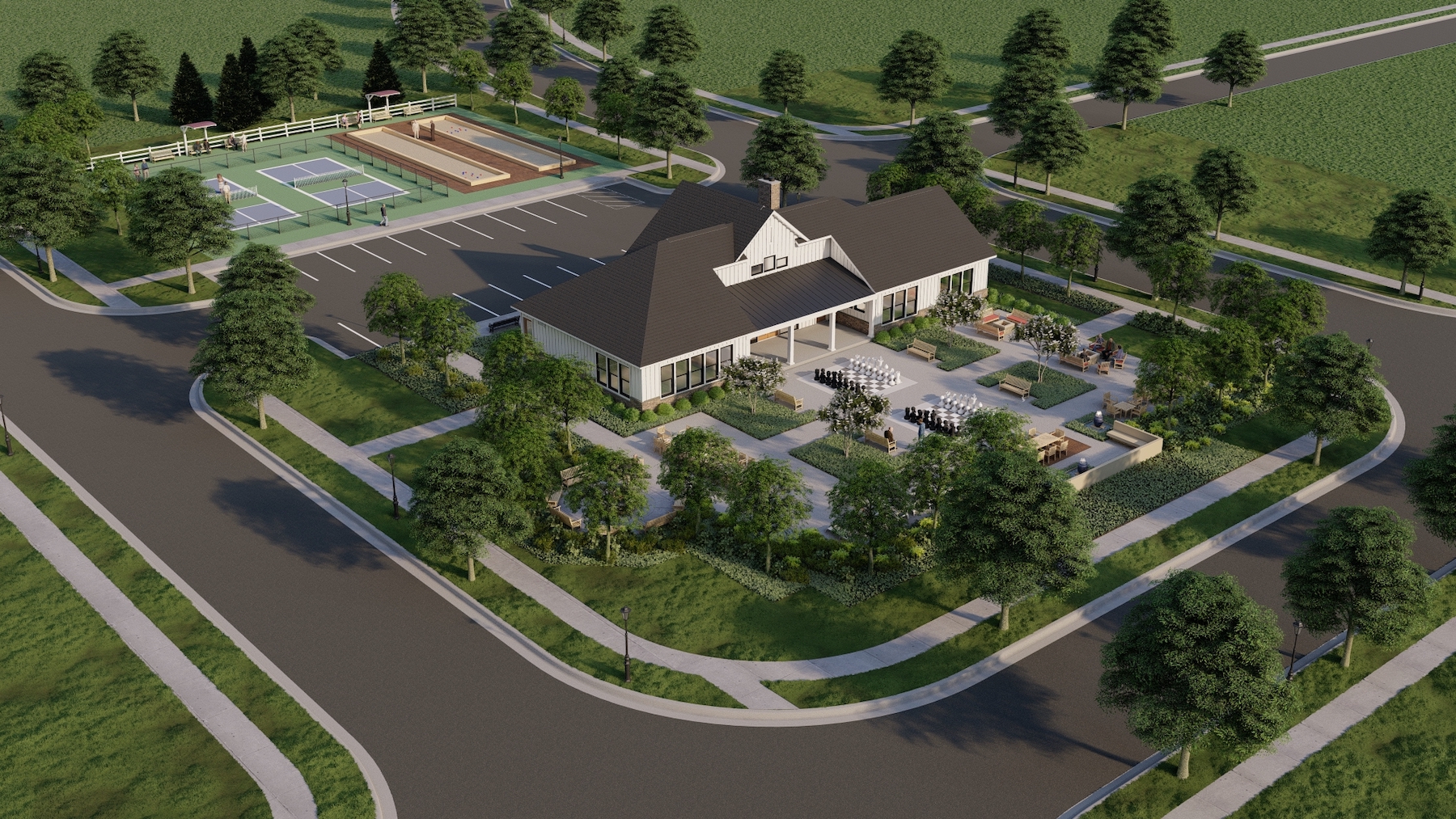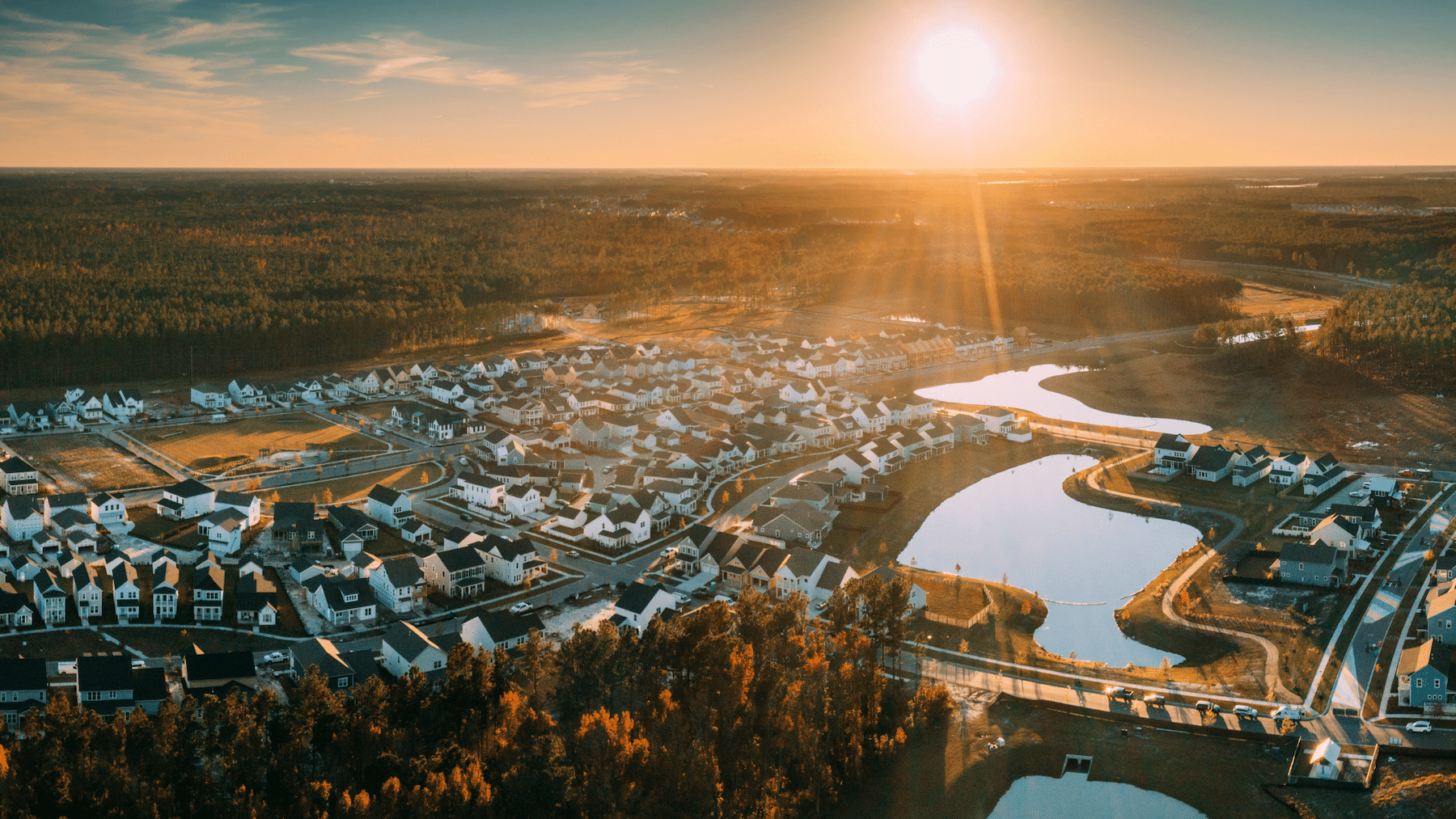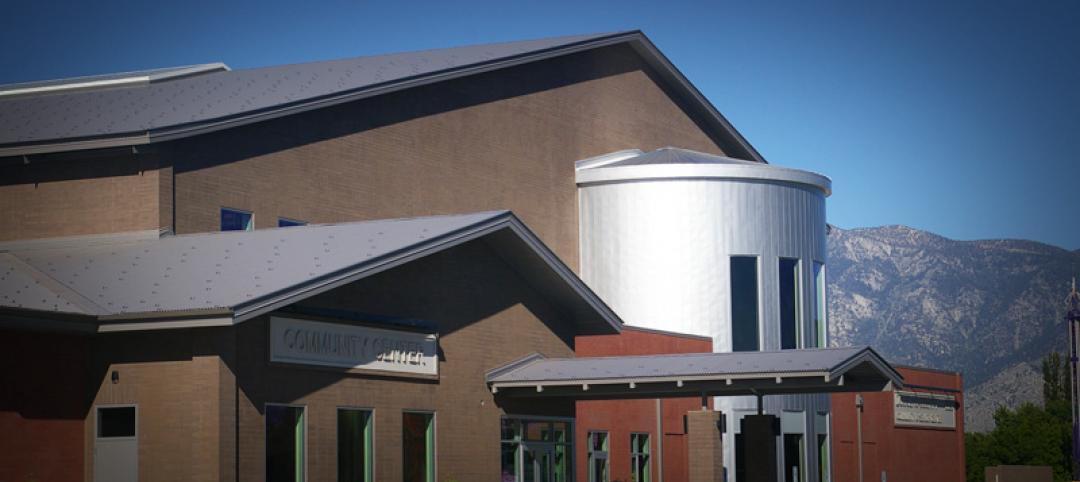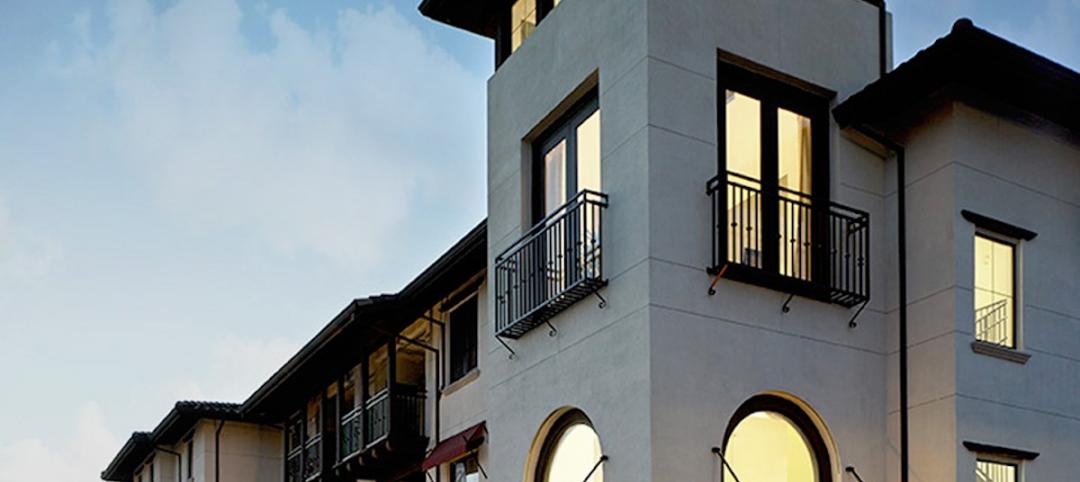Gone are the days of sleepy 55+ communities. Today's iteration is brilliantly designed and bustling with activity. In fact, even the nomenclature has changed: This crowd is "55 or better"—and they're looking for communities that reflect this shift. A recent study found that market size for the active adult community was estimated at $565 billion in 2021 and is expected to reach over $587 billion in 2022.
With so much growth on tap, builders and developers must stay apprised of trends related to home, environment and culture. In doing so, they can be responsive to buyers' wants and needs. The result? Vibrant places offering a lifestyle that stands out in the competitive active adult space.
WHAT MAKES A SUCCESSFUL ADULT COMMUNITY
Brookfield Properties, an award-winning North American developer of master-planned communities (MPCs), is no stranger to delivering developments that go above and beyond. Working with renowned homebuilders like Pulte/Del Webb, Miller & Smith, David Weekley Homes and Toll Brothers, Brookfield Properties knows a thing or two about what it takes to appeal to discerning 55-or-better buyers. Here are some of the top trends behind today’s successful active adult communities.
VIP amenities
With the kids out of the house, empty-nesters flock to active adult communities to start the next chapter of their lives. They prefer private members-only options, like pools, pickleball courts and gated entrances. Another feature high on their list is something many 55+ communities lack: grandchild-friendly options, like playgrounds, special events and play areas incorporated into resident lounges or fitness centers. In multiple Brookfield Properties master-planned communities, they get the best of both worlds, with dedicated active adult amenities plus access to shared neighborhood amenities. At Kissing Tree in San Marcos, Texas, residents enjoy low-maintenance living with included lawn care options and an 18-hole golf course steps from their front doors. Top-tier options create a resort-like feel and provide residents with a quiet space to call home.

Access to popular retail and commercial spaces is another big draw in mixed-use master-planned communities. For example, Nexton, a top-selling, award-winning MPC in Summerville, South Carolina, boasts more than 120 restaurants and shops within its bounds. With a diverse mix of local and regional businesses for residents and visitors to explore, well-designed mixed-use communities invite commerce and community-building.
The perfect proximity
Location is a key factor driving purchasing decisions for active adult buyers. As developers of MPCs, our experience indicates that 55+ buyers want to live near their children and grandchildren during this next phase of their lives—even if they’re only there part-time. Master-planned communities that include dedicated active-adult neighborhoods provide the right mix of proximity (to loved ones), personal space and private amenities. These communities also allow for lateral moves; that is, residents already living in an MPC with an active adult subsection can downsize to an apartment, condo or patio home without leaving the neighborhood where they've built a life.
Migration to suburban communities is another trend we've observed. Studies show that more seniors and retirees are moving away from crowded cities and into smaller towns. However, they still want easy access to the retail, restaurants and events that metro areas offer. Suburban communities allow residents to enjoy the perks of a city without having to face the hustle and bustle day to day. For example, 55+ buyers in the D.C. market can live an hour outside the city at Cascades at Embrey Mill in Stafford, Va.
Community and connection
One thing the 55-or-better crowd has in common is starting anew. Whether it's downsizing, retiring, experiencing an empty nest or taking a leap to a new city, these residents are typically facing a dramatic shift in their everyday lives. The choice to move to an active adult community comes with a built-in sense of belonging via a myriad of amenities; neighborhood events; and shared spaces, both indoor and outdoor—not to mention a natural kinship with other residents who are looking for the same things.

Active adult communities should be just that: active. From potlucks to happy hour and cooking classes, there's no shortage of avenues to meet new people. At Riverlights in Wilmington, N.C., neighbors come together for events like “craft & unwine” and free summer concerts, as well as enjoy local fare at The Groove Market.
Customizable features
The 55+ demographic tends to have a higher disposable income than younger buyers. This crowd is also more discerning, as they have the benefit of decades of life experience to guide them. From a developer standpoint, we’re noticing that builders are paying attention. We’re seeing more floor plans for single-level living, outdoor living spaces like screened-in porches, gourmet kitchens designed for ease and convenience, and an increasing array of customizable options.
Today's 55-or-better buyers are ready to design their lives and their homes as they see fit. When builders respond to the unique needs of a demographic, it creates a sea change. In this case, yesterday's sleepy active adult communities are now tuned in and turned up. We expect more great things to come.
About Brookfield Properties
Brookfield Properties is a leading global developer and operator of high-quality real estate assets. We are active in nearly all real estate sectors, including office, retail, multifamily, hospitality and logistics, operating more than 675 properties and more than 325 million square feet of real estate in gateway cities around the globe on behalf of Brookfield Asset Management, one of the largest asset managers in the world. With a focus on sustainability, a commitment to excellence, and the drive for relentless innovation in the planning, development and management of buildings and their surroundings, Brookfield Properties is reimagining real estate from the ground up. For more information, visit www.brookfieldproperties.com.
Related Stories
| Jan 14, 2016
How to succeed with EIFS: exterior insulation and finish systems
This AIA CES Discovery course discusses the six elements of an EIFS wall assembly; common EIFS failures and how to prevent them; and EIFS and sustainability.
Sponsored | Senior Living Design | Aug 5, 2015
Douglas County Community and Senior Center, a focal point for all ages
In Douglas County, 30 percent of the 46,000 residents are senior citizens; thus the need for a senior community center had been vocalized for decades.
Multifamily Housing | Apr 27, 2015
The empire strikes back: George Lucas proposes new affordable housing complex he'll finance alone
The latest plans are seen by some as payback for community opposition to his past real estate ventures.
Multifamily Housing | Mar 10, 2015
KTGY homes in on seniors with new studio
Its director, Doug Ahlstrom, says designs will emphasize socialization and community.
Codes and Standards | Feb 12, 2015
New Appraisal Institute form aids in analysis of green commercial building features
The Institute’s Commercial Green and Energy Efficient Addendum offers a communication tool that lenders can use as part of the scope of work.
| Jan 2, 2015
Construction put in place enjoyed healthy gains in 2014
Construction consultant FMI foresees—with some caveats—continuing growth in the office, lodging, and manufacturing sectors. But funding uncertainties raise red flags in education and healthcare.
| Dec 28, 2014
AIA course: Enhancing interior comfort while improving overall building efficacy
Providing more comfortable conditions to building occupants has become a top priority in today’s interior designs. This course is worth 1.0 AIA LU/HSW.
| Nov 18, 2014
New tool helps developers, contractors identify geographic risk for construction
The new interactive tool from Aon Risk Solutions provides real-time updates pertaining to the risk climate of municipalities across the U.S.
| Oct 21, 2014
Perkins Eastman white paper explores state of the senior living industry in the Carolinas
Among the experts interviewed for the white paper, there was a general consensus that the model for continuing-care retirement communities is changing, driven by both the changing consumers and more prevalent global interest on the effects of aging.
| Oct 16, 2014
Perkins+Will white paper examines alternatives to flame retardant building materials
The white paper includes a list of 193 flame retardants, including 29 discovered in building and household products, 50 found in the indoor environment, and 33 in human blood, milk, and tissues.















